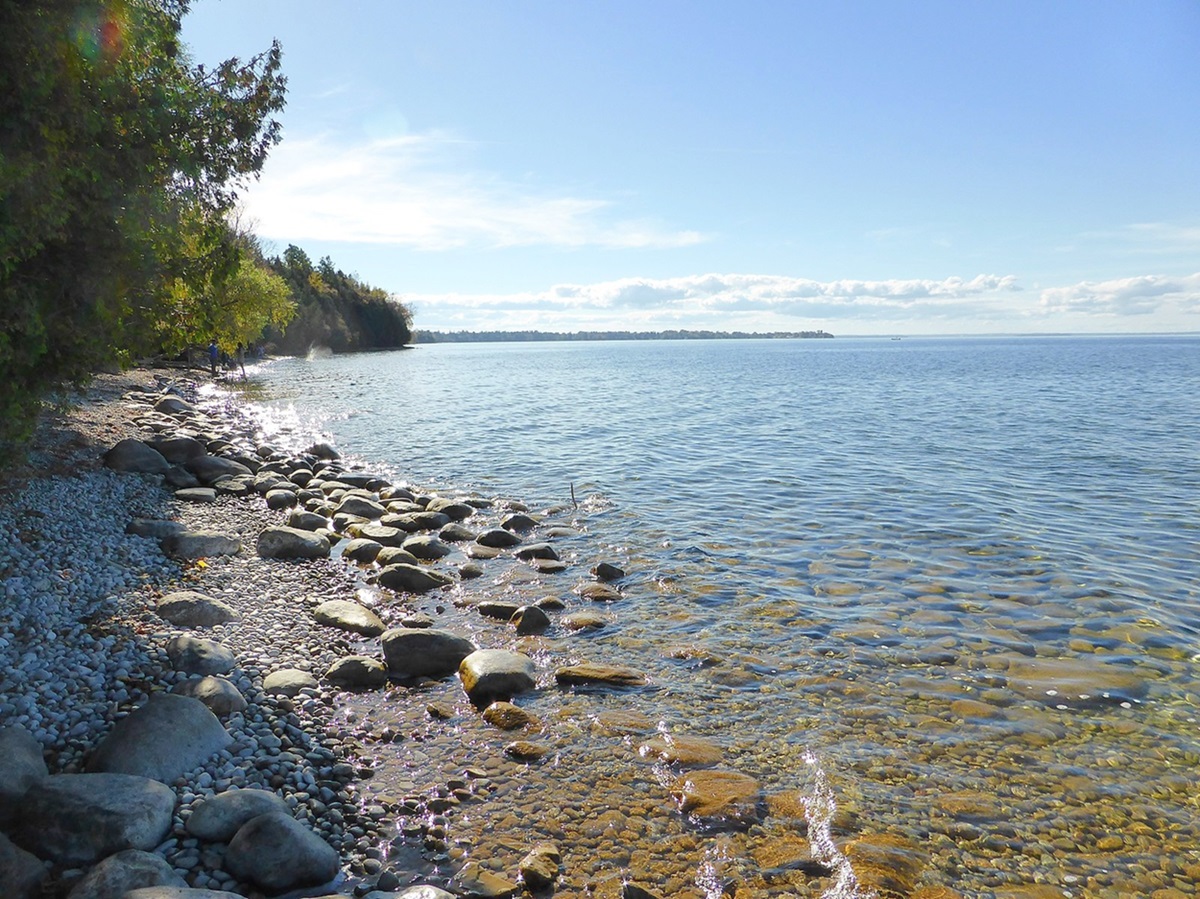Georgina, Ontario, incorporated as a town in 1986, population 45,418 (2016 census), 43,517 (2011 census). The townships of North Gwillimbury and Georgina were amalgamated in 1971 and incorporated as the town of Georgina in 1986. The town of Georgina includes the communities of Udora, Keswick, Sutton and Jackson’s Point. It is located on the south shore of Lake Simcoe, 67 km north of Toronto.
History and Settlement
The town was named after King George III of England. There was already some settlement in the area, largely people from Britain’s upper class, when the area was surveyed in 1817. The good agricultural land attracted more settlers to the area. The construction of the Toronto and Nipissing Railway (see Railway History), with its terminus at Jackson’s Point, encouraged tourists to visit Lake Simcoe. As a result, Jackson’s Point became a popular resort destination.
Tourism and Economy
Tourism, which is year-round, is a major source of employment. Ice fishing and the Georgina Winter Festival are popular winter activities, while boating and fishing in Lake Simcoe are popular summer activities.
Georgina is home to more than 100 farms, making agriculture and “agri-tourism” a significant part of its economy.
Cultural Life
There are several historic buildings in the Georgina. The Manor was the home of J. O'Brien Bourchier, an early settler, leading citizen and mill owner. The Udora Mill, one of the last functioning mills in Ontario, operated between the 1860s and 1970s. Other historic buildings include the Sutton Mill, Thomas Mossington House and St. Andrews Presbyterian Church.

 Share on Facebook
Share on Facebook Share on X
Share on X Share by Email
Share by Email Share on Google Classroom
Share on Google Classroom



